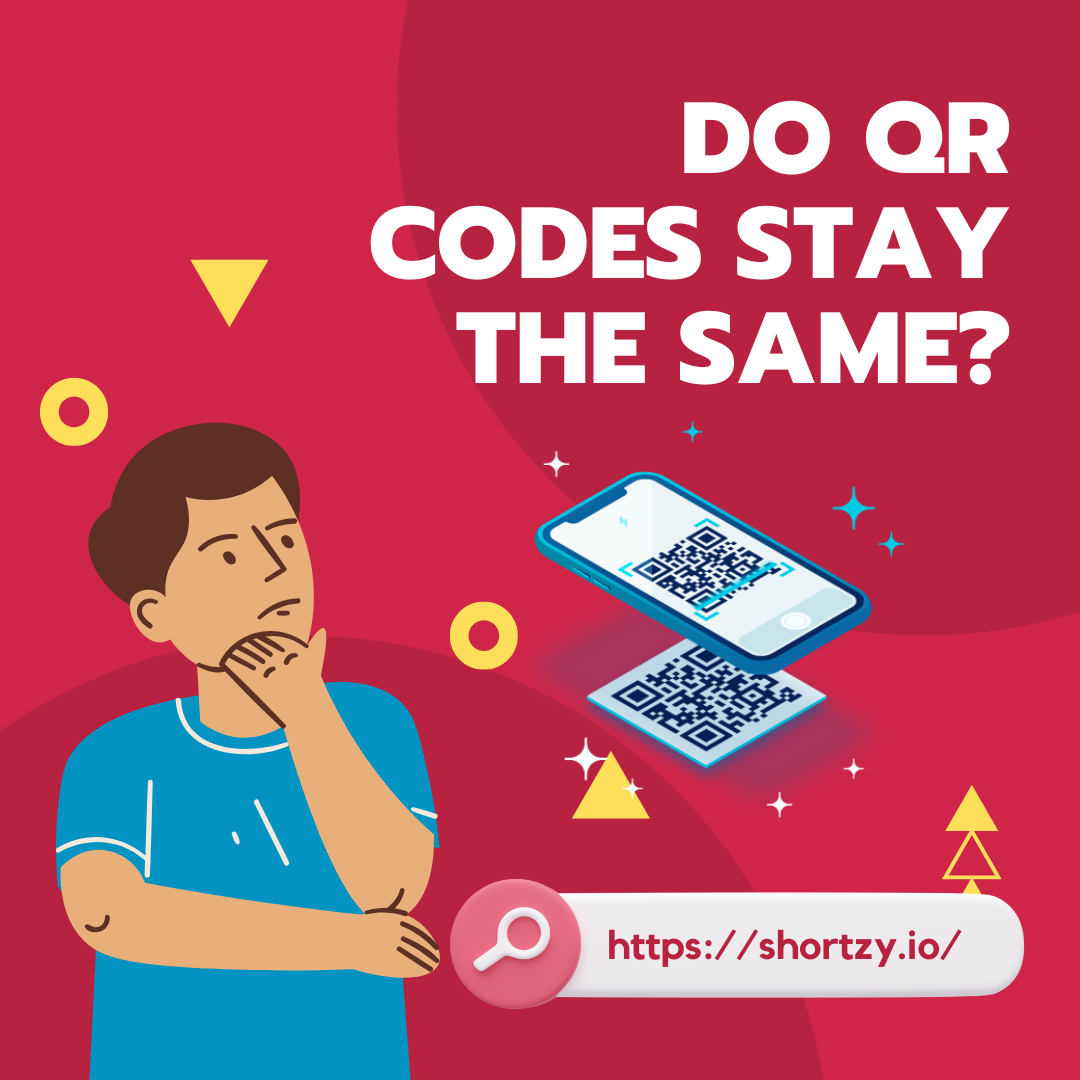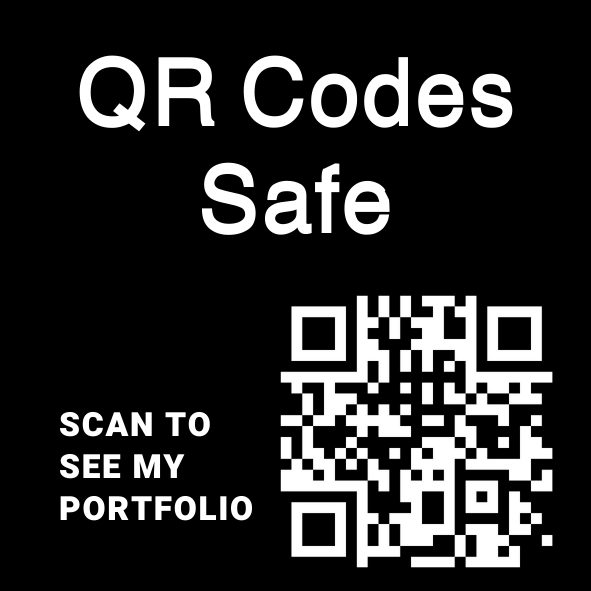
Do QR Codes Stay the Same
QR codes (Quick Response codes) typically stay the same once generated. Once created, the data encoded within a QR code remains constant unless the QR code itself is regenerated with new data. This means that once a QR code is generated for specific information such as a URL, text, or other data, it will continue to represent that information until it is changed or recreated. Therefore, if you scan a QR code today, it should provide the same information tomorrow unless the QR code is specifically updated or replaced with a new one.
How QR Codes Work
QR codes encode information such as URLs, text, contact information, or other data types into a pattern of black squares arranged on a white background. When scanned, the encoded data is extracted and displayed on the user's device.
Understanding QR Code Structure
QR codes consist of three square outlines in the corners, which help scanners recognize and properly orient the code. The information is encoded in the patterns within these squares.
Dynamic vs. Static QR Codes
QR codes can be categorized into two main types: dynamic and static.
Dynamic QR Codes
Dynamic QR codes allow for the modification of the encoded data even after the code has been created and distributed. This flexibility makes them suitable for situations where the information may change frequently.
Static QR Codes
On the other hand, static QR codes contain fixed data that cannot be altered once generated. They are ideal for situations where the encoded information remains constant over time.
The Permanence of Static QR Codes
Static QR codes do indeed stay the same unless deliberately replaced or updated by the creator. This characteristic makes them suitable for long-term use, such as in marketing materials, business cards, or product packaging.
Advantages of Static QR Codes
Reliability: Static QR codes ensure consistent access to the encoded information without the risk of it changing unexpectedly.
Ease of Implementation: Creating static QR codes is straightforward and doesn't require ongoing maintenance.
Universal Compatibility: Since the encoded data remains the same, static QR codes are compatible with a wide range of devices and scanning applications.
Limitations of Static QR Codes
Lack of Flexibility: Static QR codes cannot adapt to changes in the encoded information without generating a new code.
Limited Analytics: Tracking engagement metrics or user interactions with static QR codes can be challenging compared to dynamic counterparts.
Security Concerns: Since the encoded data is fixed, there is a risk of unauthorized access or misuse over time.
Dynamic QR Codes: A Brief Overview
Dynamic QR codes offer the flexibility to update the encoded data without changing the physical code itself. This feature makes them suitable for scenarios where information needs to be modified or tracked regularly.
The Ability to Change
Dynamic QR codes are generated through platforms or services that allow users to update the linked content dynamically. This enables real-time adjustments to URLs, promotions, or event details without replacing the QR code itself.
Use Cases of Dynamic QR Codes
Dynamic QR codes find applications in various industries and scenarios, including:
Marketing Campaigns: Updating promotional offers or redirecting users to different landing pages.
Event Management: Providing attendees with up-to-date schedules, maps, or registration links.
Inventory Management: Tracking product information, pricing, or availability in retail environments.
Which QR Code Type Should You Choose?
The choice between static and dynamic QR codes depends on the specific requirements and objectives of your project.
Static QR Codes: Ideal for permanent or long-term use cases where the encoded information remains constant.
Dynamic QR Codes: Suitable for scenarios that require frequent updates or tracking of user interactions over time.
QR Code Best Practices
Regardless of the type chosen, following these best practices can enhance the effectiveness and usability of QR codes:
Optimal Size and Placement: Ensure QR codes are large enough and placed in locations where they can be easily scanned.
Clear Call-to-Action: Provide instructions or incentives to encourage users to scan the QR code.
Regular Testing: Verify the functionality and readability of QR codes across different devices and environments.
Ensuring QR Code Integrity and Security
To mitigate potential risks associated with QR codes, consider implementing security measures such as:
Authentication Mechanisms: Protect access to sensitive information by implementing authentication requirements before displaying the encoded data.
Encryption: Encrypting the encoded content can prevent unauthorized access or tampering.
Regular Audits: Periodically review and update QR code links or content to prevent stale or malicious information from being accessed.
Conclusion
In conclusion, QR codes serve as versatile tools for conveying information and engaging audiences across various contexts. Whether opting for static or dynamic codes, understanding their characteristics and best practices can maximize their effectiveness in achieving your objectives.
FAQs
Can static QR codes be edited after creation?
Static QR codes retain the same information once generated and cannot be edited without creating a new code.
Are dynamic QR codes more secure than static ones?
Both static and dynamic QR codes can be secure if proper measures are taken to protect the encoded content.
How long do QR codes last?
QR codes can last indefinitely as long as they are not physically damaged or obscured.
Can QR codes contain sensitive information such as payment details?
QR codes can encode various types of data, including sensitive information, but proper security measures should be implemented to protect it.
What are some creative ways to use QR codes in marketing?
Marketing applications of QR codes include linking to product information, offering discounts, facilitating event registration, or providing interactive experiences.
.png)

